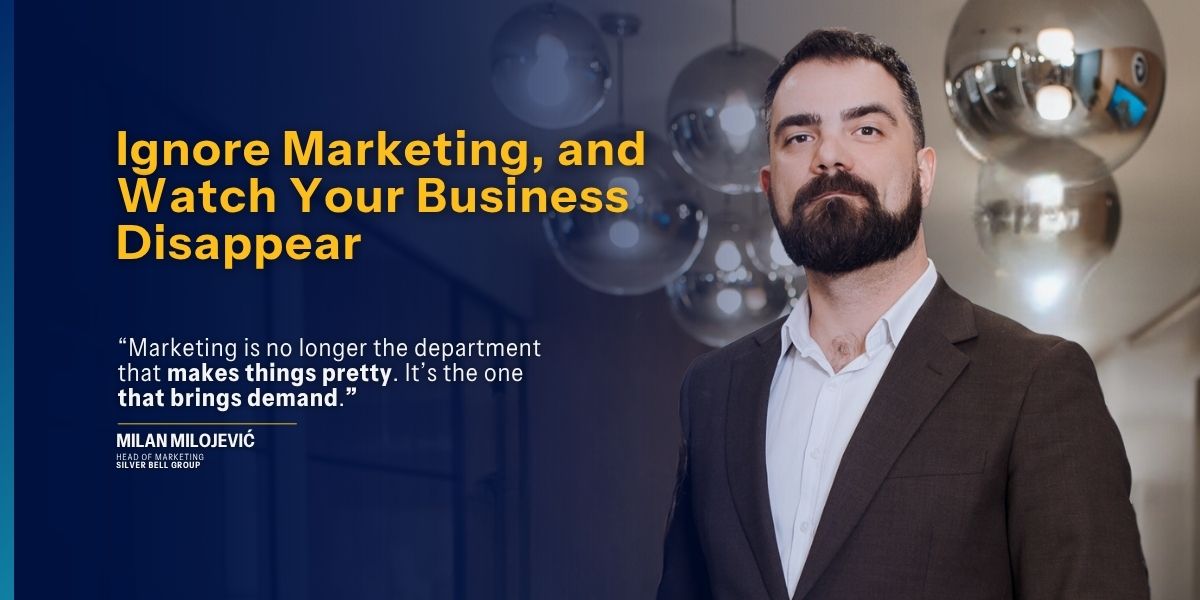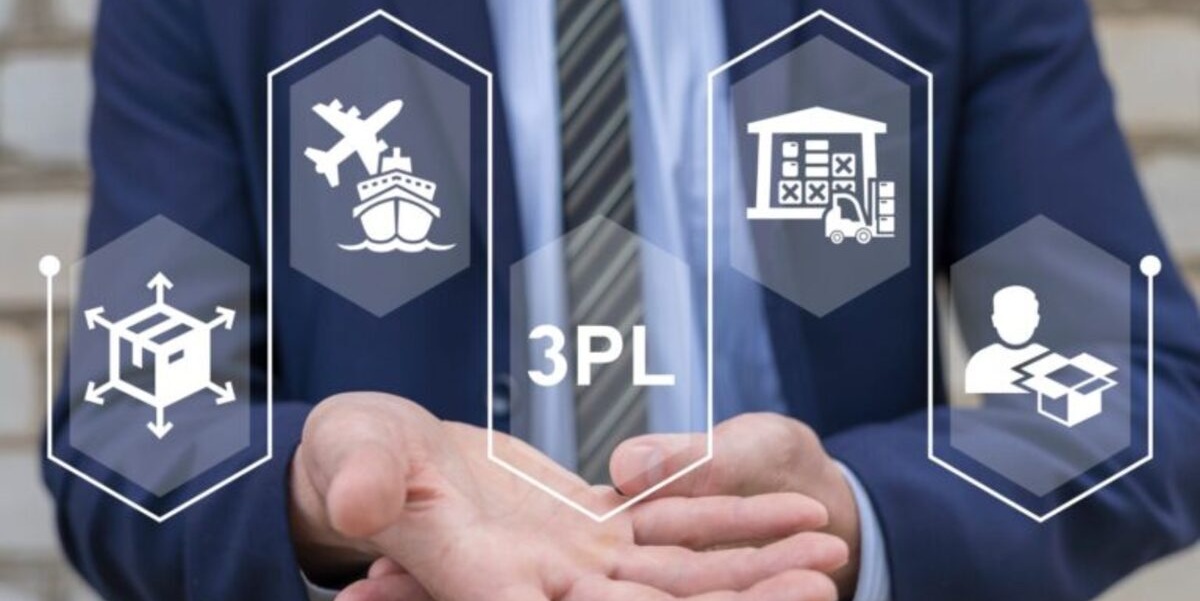In the realm of marketing decisions, there’s a common puzzle that many professionals face: Should they focus on generating leads or work on building brand awareness? This choice often takes B2B companies to treat these strategies as separate entities. However, what if I told you that these strategies could actually work together, leveraging the power of platforms like LinkedIn and Facebook to help your efforts?
Today, we’re embarking on a journey to unravel the differences between brand awareness and lead generation in the B2B context. We’ll explore when it’s best to use each strategy and how they can complement each other to help you achieve your B2B goals in just the right ways.
Think of brand awareness and lead generation as two distinct paths within the world of marketing, each with its own strengths. They’re not opposites; rather, they work in tandem to influence website traffic and engagement, helping you create a well-rounded marketing approach.
As we read deeper, we’ll see how these paths uniquely impact your connection with clients.
Understanding Lead Generation
Lead generation is the art of attracting and capturing potential clients’ interest, ultimately converting them into leads through various tactics. It’s the process of nurturing individuals who have shown interest in your product or service, guiding them down the sales funnel, and transforming them into loyal customers.
Amid the dynamic marketing landscape, where fierce competition and attention spans are fleeting, it stands tall as a beacon of focused engagement.
For more information, we suggest you read our blog “Is Lead Generation Worth It?”, where we dive into this topic deeper.
But why is lead generation so important?
In a digital world brimming with opportunities, businesses strive to seize qualified leads that are more likely to convert. While brand awareness casts a wide net, lead generation hones in on those who are already primed for conversion. This focused approach optimizes resources, time, and effort, resulting in a higher return on investment (ROI) than more scattergun strategies.

Pros of Lead Generation Services
Precise Targeting: This strategy allows you to identify and target specific demographics and segments, maximizing the chances of engaging with qualified leads.
Higher Conversion Rates: Since you’re focusing on individuals already interested in your offering, this strategy often takes to higher conversion rates.
Effective Resource Allocation: Your efforts and resources are concentrated on prospects who are more likely to convert, optimizing your marketing endeavors.
Quantifiable Results: It provides tangible metrics, enabling you to measure your campaign’s success and make data-driven improvements.

For more about the benefits of this model, we suggest you read our blog “How Outsourcing Lead Generation can be beneficial for your business?” where we dive into this topic deeper.
Cons of Lead Generation
Cost: Effective lead generation can be expensive, particularly if you’re utilizing paid advertising or premium tools to capture leads.
Quality Concerns: The pursuit of quantity can sometimes take to compromises in lead quality. Not all captured leads may translate into valuable customers.
Time-Intensive: Building relationships and nurturing leads take time. The journey from initial contact to conversion can be a lengthy one.
Competition: As businesses increasingly adopt lead generation tactics, the competition for attention and engagement becomes more intense.
What is Brand Awareness?
While lead generation is about targeted engagement, brand awareness is about casting a wide net to make your logo and brand known and recognized. It’s the process of instilling your brand’s identity, values, and ethos into the collective consciousness of your target audience.
The more familiar people are with your logo and brand, the more likely they are to choose you over competitors when making a purchase decision. Brand awareness lays the foundation for long-term customer loyalty and advocacy.

If you are still on the subject, we suggest you read our blog “Lead Generation vs Demand Generation” and learn more about their correlation.
Pros of Brand Awareness
Trust and Familiarity: When consumers are well-acquainted with your logo and brand, they are more inclined to have confidence in your products or services.
Top-of-Mind Presence: A robust brand presence ensures that your logo and brand are the first that comes to consumers’ minds when they contemplate a purchase.
Competitive Edge: Enhanced brand recognition can provide you with a competitive edge, even if your offerings closely resemble those of your competitors.
Long-Term Impact: Cultivating brand familiarity may initially yield modest results, but its impacts are enduring and contribute to sustained growth.
Cons of Brand Awareness
Resource-Intensive: Creating and sustaining a strong brand presence demands significant resources and effort, potentially with limited immediate returns.
Measuring ROI: Assessing the precise return on investment for brand awareness endeavors can be intricate due to their indirect impact.
Limited Conversion Focus: While brand awareness sets the stage, it doesn’t necessarily guarantee conversions, and measuring its impact on bottom-line results can be complex.
Similarities between Lead Generation Services and Brand Awareness
Although lead generation and brand awareness may seem like disparate strategies, they share a common thread: both contribute to a business’s overall growth and success. At their core, both approaches aim to establish a strong connection between the brand and its target audience.
Both approaches necessitate a deep understanding of the audience’s needs, preferences, and pain points, driving engagement and conversion, and these are the main similarities between these two approaches.
Shared Audience Understanding
Both approaches depend on a deep understanding of the target audience. To effectively generate leads, you must identify the pain points, preferences, and motivations of potential clients. Similarly, building brand awareness requires a nuanced understanding of your audience’s values and aspirations to create messaging that resonates. In both cases, a customer-centric approach forms the bedrock of success.
Relationship Building
While lead generation aims to convert leads into customers, the process involves building relationships from the ground up. This nurturing of relationships through personalized interactions and relevant content is a shared trait between the two strategies. Brand awareness approach also aim to establish a connection with the audience, fostering trust and familiarity that can influence purchase decisions over time.
Quality social content is the fuel that powers both strategies’ efforts for your business. Valuable content positions your brand as an authority in the industry, attracting potential clients seeking solutions for their social business needs.
Content creation is essential for capturing leads’ attention and fostering a memorable brand identity for your business, whether it’s informative social blog posts, engaging videos, or thought-provoking social media updates.
Multi-Channel Engagement
Both approaches leverage various social channels to engage with the audience, benefiting your business. Lead generation utilizes channels such as social email marketing, webinars, and gated content to capture contact information and initiate the conversion process for your business. Similarly, brand awareness encompasses a spectrum of social platforms like LinkedIn, Facebook and Twitter , social media, influencer partnerships, and public relations to reach a wider social audience and etch your brand’s name in their memory, ultimately driving business growth.
Customer-Centric Approach
At their core, both approaches prioritize meeting the needs of the customer. Effective lead generation requires tailoring your approach to address potential leads’ pain points and desires, offering them value through your products or services. Brand awareness strategies focus on creating emotional connections and fulfilling the aspirational aspects of your target audience, ultimately resonating with their beliefs and desires.
Data-Driven Optimization
Both strategies benefit from a data-driven approach, crucial for your business. Analytics and metrics provide insights into what’s working and what needs improvement for your business. You can refine your strategies by analyzing engagement rates, conversion rates, and other key performance indicators, making them more effective and efficient over time, which is crucial for business success.

Long-Term Value
While lead generation often prioritizes short-term conversions, the approach can also lay the groundwork for long-term customer relationships, contributing to the long-term success of your business. Satisfied customers can become brand advocates, spreading positive word-of-mouth and contributing to overall brand awareness and business growth. Conversely, while nurturing long-term loyalty, brand awareness initiatives can also indirectly contribute to lead generation by influencing prospective clients’ choices when they enter the purchasing funnel, benefiting your business in the long run.
If you are still on this topic, we suggest you read our blog “How to Outsource Lead Generation?”.
Difference between Lead Generation Services and Brand Awareness
The distinction between these two strategies lies in their immediate goals and focus. Lead generation zeroes in on capturing potential client’s information and propelling them through the sales funnel. On the other hand, brand awareness centers on creating a lasting impression and cultivating familiarity.
While lead generation might be likened to a sprint, brand awareness is more akin to a marathon—a gradual build-up that reaps the rewards over time.
Here are the most significant differences..
Immediate vs. Long-Term Goals
One of the most significant differences between those strategies lies in their goals. Lead generation is geared toward immediate action and conversion. It aims to capture the interest of clients and guide them through the sales funnel swiftly, aiming to turn them into paying customers. On the other hand, brand awareness takes a longer-term view. Its primary objective is to create a lasting imprint in the minds of consumers so that when they are ready to make a purchase decision, your brand is the first to come to mind.
Tangible vs. Intangible Metrics
The metrics used to measure success for lead generation and brand awareness strategies also differ substantially. Lead generation focus on tangible, quantifiable metrics like conversion rates, click-through rates, and the number of leads generated.
These metrics provide clear insights into the immediate impact of your efforts. In contrast, brand awareness campaigns deal with more intangible metrics such as brand recall, sentiment analysis, and social media engagement. These metrics provide a broader understanding of how your audience perceives and remembers your brand.
Conversion-Focused vs. Identity-Focused Content
The content used in lead generation campaigns is typically conversion-focused. It includes targeted content like product demos, free trials, and discounts that encourage immediate action from potential clients. The aim is to push these leads further down the sales funnel. On the other hand, brand awareness campaigns prioritize identity-focused content that highlights your brand’s values, mission, and personality. The content is designed to create an emotional connection with your audience and foster a sense of loyalty and affinity.
Niche vs. Mass Appeal
Lead generation often involves targeting specific niches or segments of your audience who are more likely to convert. This targeted approach ensures that your resources are allocated efficiently to those who are most interested in your offerings. Brand awareness, on the other hand, aims for mass appeal. It seeks to reach a broader audience to increase overall visibility and recognition, regardless of their immediate purchase intent.
Conversion vs. Recognition
Lead generation’s success is often measured by the number of conversions it drives—the leads that turn into customers. Brand awareness, however, focuses on recognition and recall. A successful brand awareness campaign means that your brand is recognized and remembered even if the immediate conversion doesn’t happen. Over time, this recognition can lead to more conversions as customers become more familiar and comfortable with your brand.
Sales Funnel vs. Customer Journey
Lead generation predominantly occupies the earlier stages of the sales funnel, where clients explore options and gather information. It’s about pushing leads through the funnel to make a purchase decision. Brand awareness, on the other hand, spans the entire customer journey. It influences consumers from the moment they become aware of your brand to the point where they become loyal customers and advocates.
Short-Term vs. Long-Term ROI
Lead generation often provides a shorter time frame for measuring ROI. You can quickly see the impact of your efforts through increased conversions and revenue. On the other hand, brand awareness offers a longer-term return on investment. The effects of brand awareness campaigns may take time to manifest in terms of increased customer loyalty, repeat business, and positive word-of-mouth.
In essence, while lead generation and brand awareness seem like opposing strategies, they both contribute vital components to a comprehensive marketing plan. Lead generation focuses on immediate conversions and measurable results, while brand awareness builds a lasting brand identity that resonates with audiences over time.
By strategically balancing these approaches, businesses can create a harmonious marketing strategy that yields both short-term gains and long-term brand equity.
Which One Is Better for 2023?
The question of whether lead generation or brand awareness is better is a nuanced one. The answer hinges on your business’s stage, goals, and available resources. In the early stages of a business, brand awareness can lay the groundwork for future lead-generation efforts. As your brand gains recognition and trust, lead generation becomes more effective due to the foundation of familiarity already established.

Can Lead Generation and Brand Awareness Work Together in 2023?
Absolutely! In fact, the synergy between these two strategies can be a game-changer for company growth. While lead generation focuses on capturing immediate interest, brand awareness ensures that interest is sustained over the long term. By integrating these approaches, you create a holistic marketing strategy that caters to diverse customer needs, from the impulsive buyer to the cautious researcher.



